Get a Free WorkTrek Demo
Let's show you how WorkTrek can help you optimize your maintenance operation.
Try for freeMaintenance organizations often experience confusion and delays due to unclear roles and responsibilities, leading to inefficiencies and increased downtime.
Without clear accountability, tasks may be neglected, decision-making can become muddled, and communication breakdowns slow progress.
A Responsibility Assignment Matrix (RACI) addresses these issues by defining who is Responsible, Accountable, Consulted, and Informed for each task. This clear structure streamlines processes enhances communication and ensures that maintenance tasks are completed on time, reducing downtime and improving overall operational efficiency.
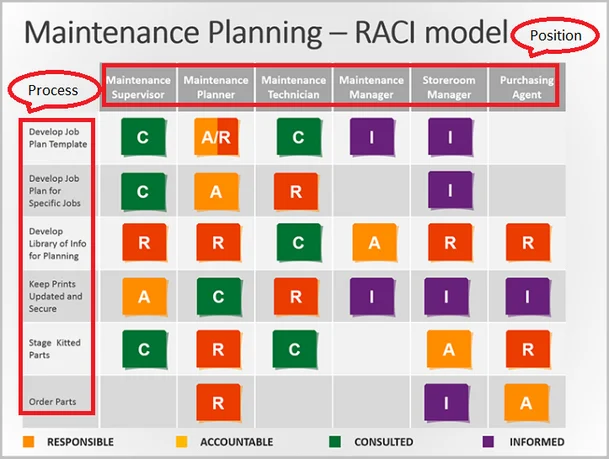
Source: Triaster
What is a Responsibility Matrix?
In project management, a RACI is essential for delineating the roles and duties attached to diverse tasks.
This matrix is commonly known as a RACI chart and distinguishes between four key role types:
- Responsible
- Accountable
- Consulted
- Informed
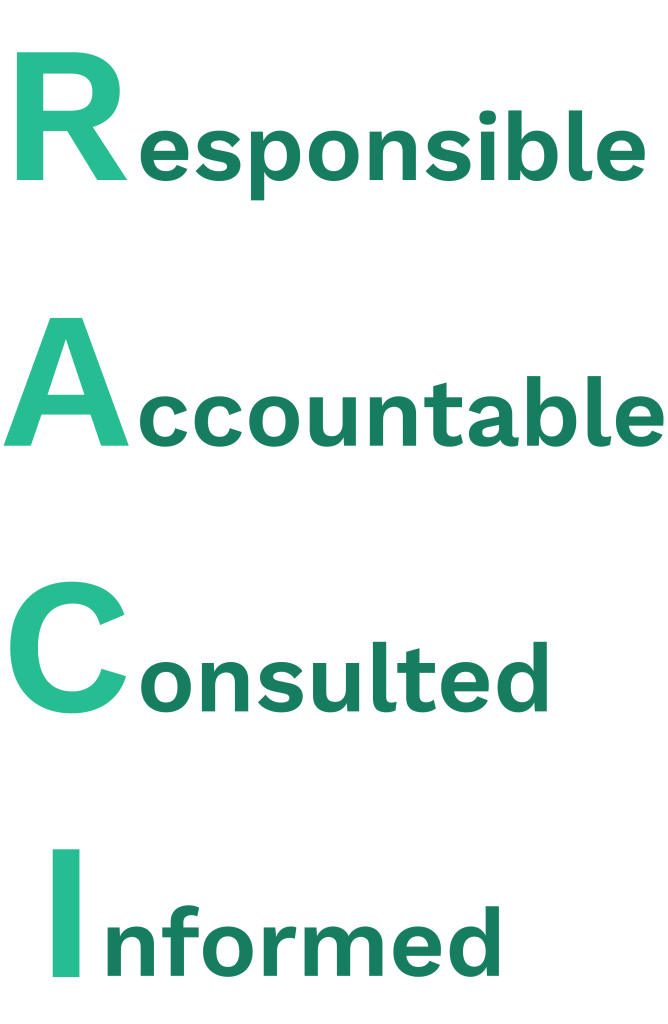 Source: WorkTrek
Source: WorkTrek
The core aim of devising a RAM is to ensure that every task is executed efficiently while averting any overlap or oversight in responsibilities.
A responsibility matrix bolsters team supervision by outlining specific roles, duties, and degrees of authority. It helps all individuals grasp their distinct contributions to the undertaking, thus promoting better project outcomes.
Allocating each task singularly to one person is crucial to maintaining explicitness within this structure. Incorporating all pertinent stakeholders into this framework comprehensively ensures that neglectful exclusions are prevented.
This mechanism defines team members’ functions and demonstrates their relationship to the larger objectives within the venture.
Key Components of a Responsibility Matrix
A RACI matrix is a responsibility assignment framework that delineates duties and obligations for different activities, project stages, or pivotal decisions. It is an acronym where “RACI” stands for Responsible, Accountable, Consulted, and Informed.
Each term designates a specific role within the team that helps restrict the responsibilities associated with each task.
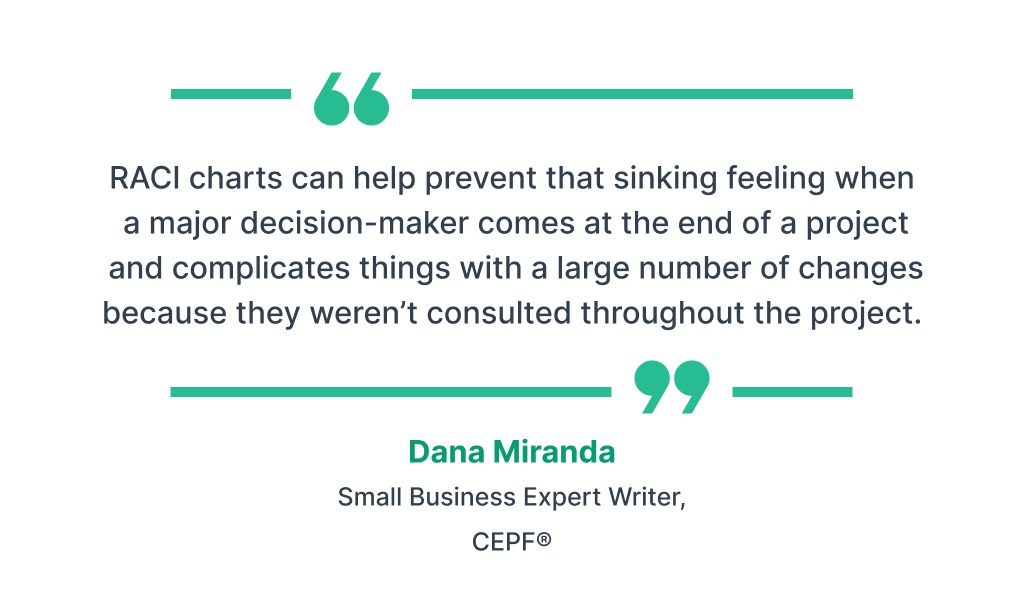
Illustration: WorkTrek / Quote: Forbes
This systematic technique guarantees that every team member is aware of their respective individual tasks and the level of engagement required during the project’s implementation phase.
This tool maps out how tasks are shared among project team members. This aids in clarifying roles to ensure clarity on who takes ownership (responsible), holds oversight (accountable), gives input (consulted), and needs updates (informed) regarding every assigned task.
Such precise attribution defines each participant’s degree of involvement and promotes seamless cooperation toward effective execution.
When dissecting each designated role further, each bears its unique significance and function. It’s critical to comprehend what being responsible, accountable, consulted or informed entails within this context.
Responsible
In a RACI matrix, the ‘Responsible’ role denotes the team member or members performing the actual work. This individual is typically profoundly involved in executing tasks and directly contributes to their successful completion. For each essential task within a project, it’s crucial to have an assigned responsible party to guarantee that the work meets project standards and reaches completion.

Illustration: WorkTrek / Data: Ninety
Clarifying who is responsible for specific project tasks removes uncertainty and reinforces accountability. The responsible person position usually falls on those team members actively carrying out duties pertinent to fulfilling project objectives.
Selecting appropriate individuals for this pivotal role is key to sustaining quality and progress throughout a project.
Accountable
Within the RACI matrix, define a distinct ‘Accountable’ role.
The person in this position is charged with achieving project goals and possesses the final decision-making power. To avoid ambiguity and sustain clarity in decisions, each task must be allocated to only one accountable individual.


Illustration: WorkTrek / Data: Workboard
Ensuring that there’s just a single accountable party for every task provides an unambiguous chain of command and authority. This appointed person is responsible for whether the task meets its intended outcome and must assign specific duties to others to complete it correctly.
Their function is vital in overseeing progress and certifying that tasks align precisely with set objectives.
Consulted
In a RACI matrix, the ‘Consulted’ designation is assigned to those individuals or groups that offer their advice and perspectives as a task is being carried out.
These consulted parties ensure that all relevant viewpoints have been acknowledged and considered. For instance, within the context of a project, one might seek a technical architect’s specialized knowledge on technology-related matters.
Members of the team who fall under the ‘Consulted’ category need to be prepared for inquiries so they can contribute accordingly to the accountable parties and project stakeholders.
They provide insights for well-informed decisions and improve the quality of work involved in any given task. This practice of effective consultation ensures tasks align with larger project objectives and meet stakeholder expectations.
Informed
Project managers are important in ensuring that informed team members, including suppliers and stakeholders, are consistently updated with the project’s advancements. These consulted and informed parties need to know where things stand and how they might affect their interests.
These individuals are central to the project as they need insights into its progress without being active participants in task execution.
You will promote improved communication and maintain alignment throughout the project’s duration by delivering regular updates to these team members.
Benefits of Using a Responsibility Matrix
Utilizing a RACI matrix within a project can markedly improve communication and maintain stakeholder awareness by precisely outlining roles.
This simple yet effective instrument aids in upholding project standards and streamlining role distribution, thereby averting responsibility duplication while ensuring each task has an assigned proprietor.
In larger teams, assigning responsibilities can reduce role ambiguity and pinpoint task responsibilities.
 Illustration: WorkTrek / Data: Ninety
Illustration: WorkTrek / Data: Ninety
Implementing the RACI model promotes accountability among team members by fostering clear comprehension of individual obligations, reducing uncertainty regarding who owns which task.
Such clarity not only plays a crucial role in ensuring that no tasks fall through the cracks but also assists in keeping projects on track and identifying areas where efficiency could be improved.
Steps to Create a Responsibility Matrix
Developing a responsibility assignment matrix (RAM) starts with gaining an in-depth knowledge of the project. Initiating a RAM without grasping the complete scope and nuances of the project can cause misunderstandings and result in poorly assigned roles.
All project team members must be involved from the outset so they have clear insight into their specific tasks and responsibilities.
The methodology involves four primary steps: outlining all tasks associated with the project, determining who is on your team, attributing RACI roles to each task for each member, and thoroughly reviewing and communicating this vital matrix.
Each phase plays an essential role in crafting a meticulous RAM that effectively directs every aspect concerning responsibilities within the team for various tasks throughout your undertaking.
Define Project Tasks
The initial phase of developing a RACI chart is delineating the project tasks. This enumeration must encompass all duties, deliverables, milestones, and major decisions pivotal to the project’s success. Such organized cataloging guarantees that each aspect of the project is addressed and prevents any essential assignments from being missed.
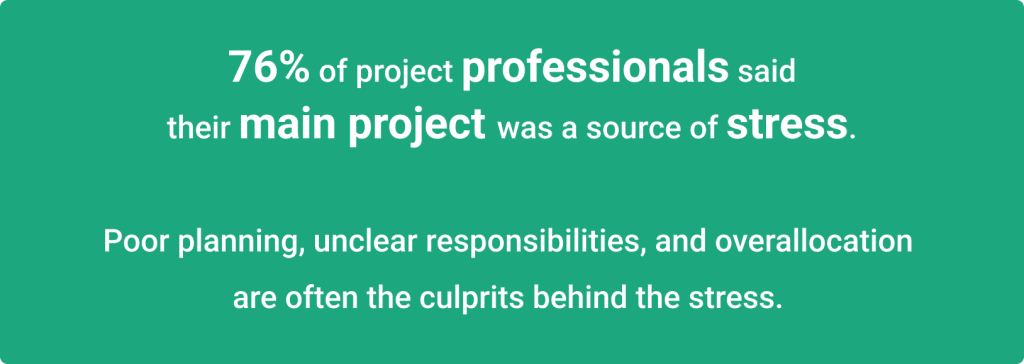
Illustration: WorkTrek / Data: Atlassian
Providing an explicit task inventory offers guidance and focus for the project team. It aids in monitoring advancement and ascertains that every necessary specific activity is recognized and allocated correctly, thereby aiding in achieving collective success in the venture.
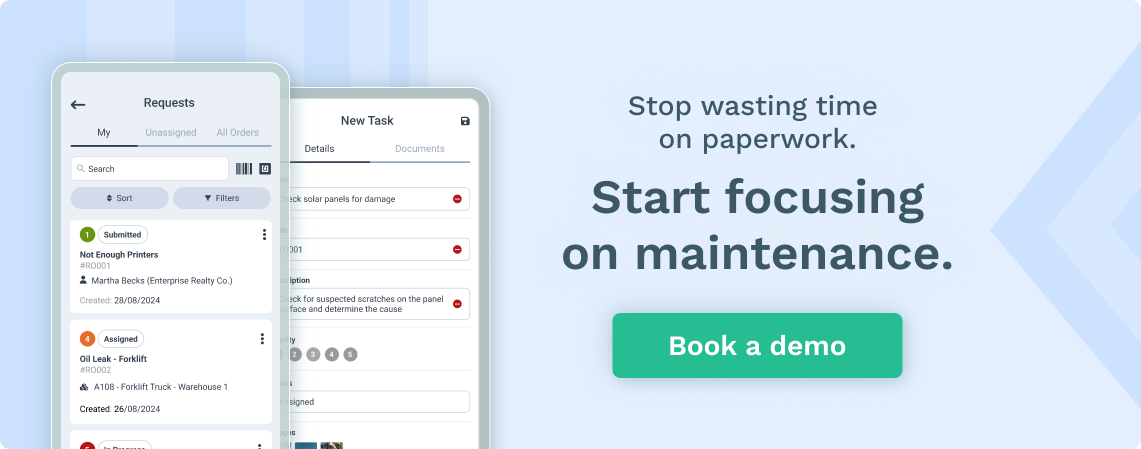
Identify Team Members
The subsequent phase requires pinpointing every individual associated with the project, encompassing team members and stakeholders. This action guarantees that all participants are recognized and their specific duties within the project are distinctly established.
Identifying the appropriate individuals is essential for fostering efficient communication. This ensures that there is only one way of communicating during project execution.
Assign RACI Roles
After enumerating the tasks and recognizing the team members, allocating RACI roles for every task is essential. This process requires establishing who will be in charge, held accountable, consulted with, and kept informed regarding each action and output.

Illustration: WorkTrek / Data: Niagara Institute
Establishing well-defined RACI roles is instrumental in monitoring responsibilities and guarantees that all individuals know their precise obligations. Such a measure is vital to preserve clarity within the project framework and avert any duplication or misunderstanding concerning the distribution of tasks.
Review and Communicate
The last step involves reviewing the responsibility matrix with the team to confirm that all roles are well-defined and understood. We can finalize the RACI matrix through effective communication and feedback sessions, guaranteeing its correct and thorough completion while keeping the team on the same page.
This process is crucial for clearly defining each person’s roles and responsibilities within the project, ensuring everyone is aware of what they need to contribute.
Practical Examples of Responsibility Matrices
A responsibility matrix is a graphic instrument that delineates the roles and duties of different stakeholders within a project.
For example, when charting a business process, the business analyst may be responsible for actively completing the task at hand.
Likewise, when embarking on new product development or ventures aimed at growth, the consulted parties are essential contributors due to their specialized knowledge and critique.
Such instances underscore how effectively utilizing a Responsibility Assignment Matrix (RAM) across varying contexts can facilitate transparency and streamline processes within projects.
Best Practices for Implementing a Responsibility Matrix
Consistently revising and refreshing the responsibility matrix at various stages in the project lifecycle ensures that information remains current, thus eliminating any ambiguity surrounding role assignments.
Task delegation is streamlined by limiting the number of ‘Responsible’ roles assigned, and accountability stays distinct.
Following established guidelines helps to maintain the RACI as an effective instrument for overseeing responsibilities within a project, thereby improving both its efficiency and eventual outcome.
Common Pitfalls to Avoid
A frequent misstep with using a RACI matrix is assigning the ‘Responsible’ role for a single task to numerous stakeholders. This can cause disarray and reduce productivity.
An overly extensive project team may make the responsibility matrix more complex and challenging to manage and execute.
To implement the RACI matrix effectively, ensure that conflicts are resolved promptly and uncertainties about roles are dispelled. Lack of clear communication regarding roles and responsibilities might result in misunderstandings and a lack of cohesion within the project team.
Summary
The Responsibility Assignment Matrix (RAM) is an essential tool in project management. It ensures that roles and responsibilities are clearly defined and communicated.
Using a RACI matrix, project managers can enhance communication, maintain project expectations, and prevent overlaps in responsibility. Embrace the power of a Responsibility Assignment Matrix to bring clarity and order to your project management processes.










